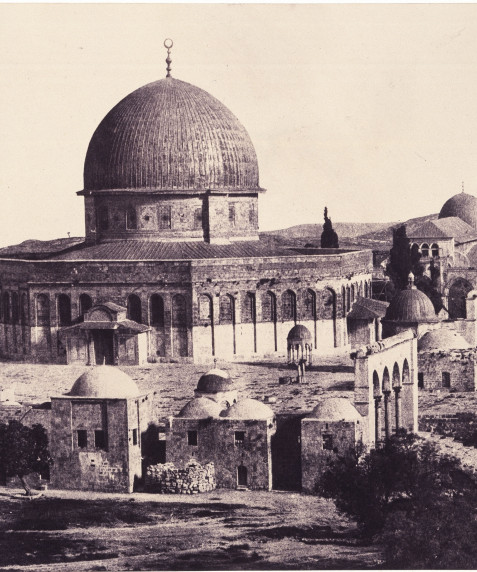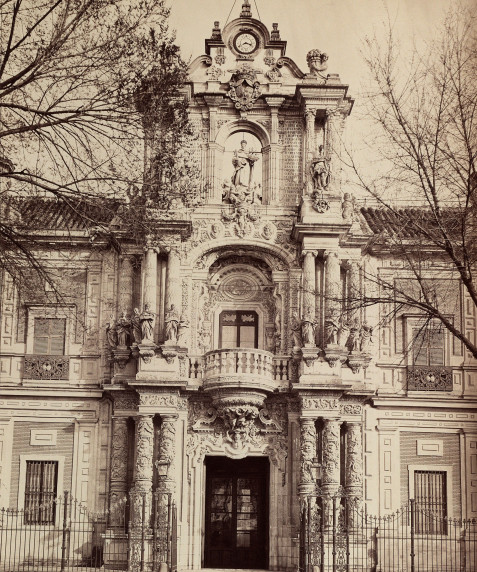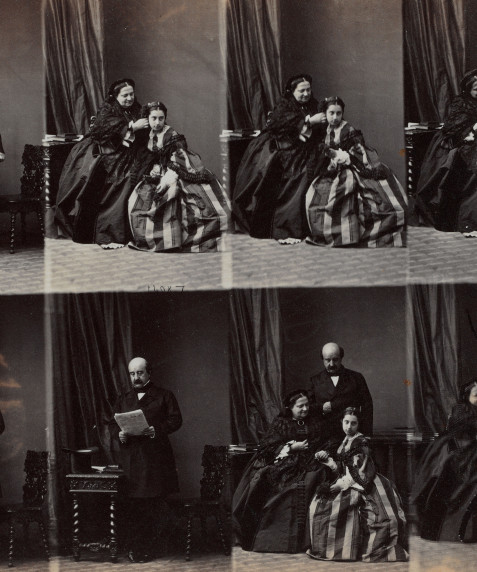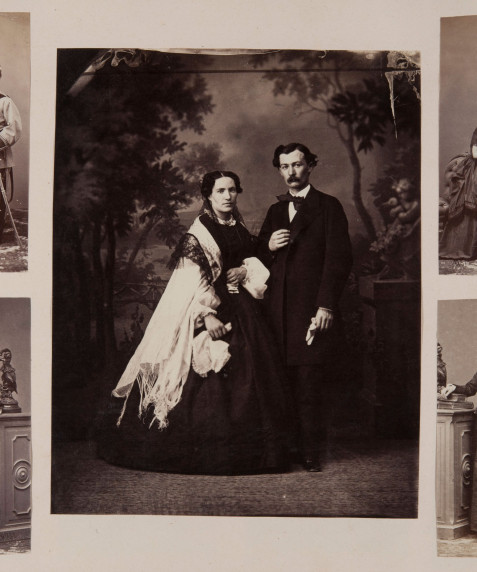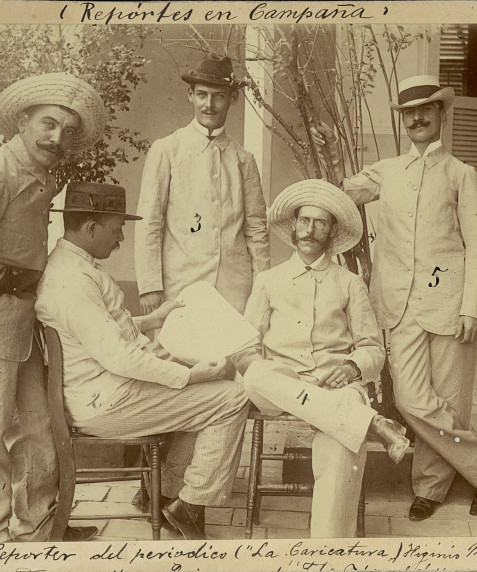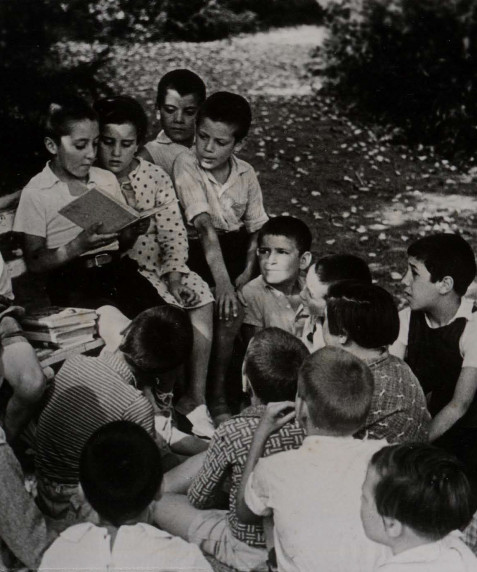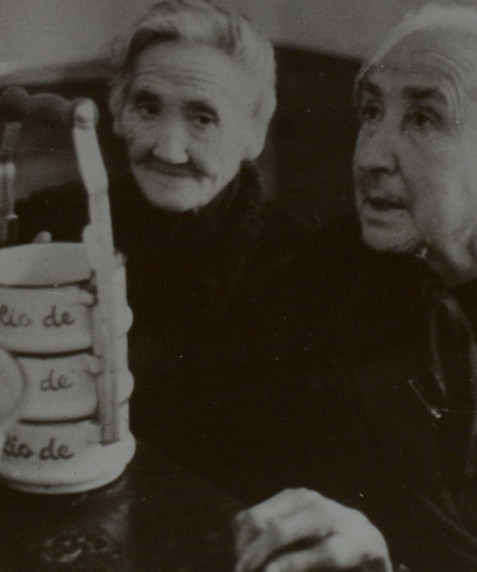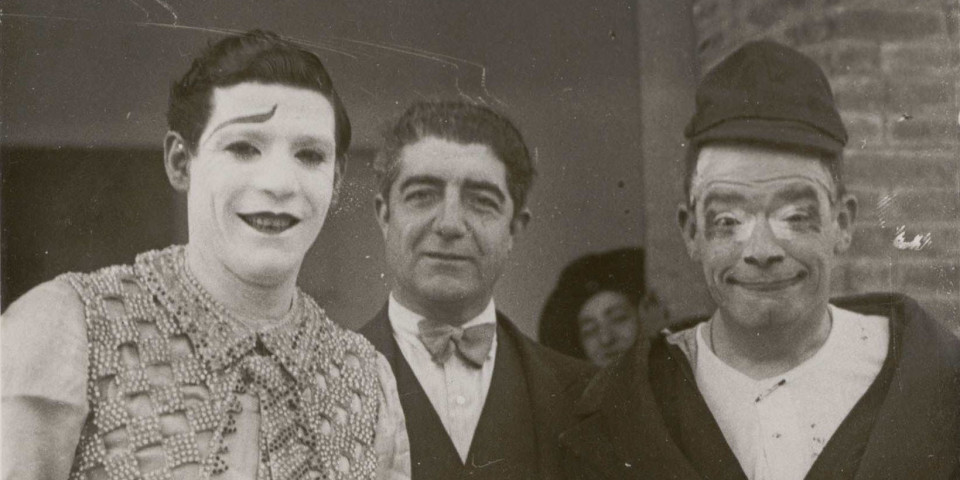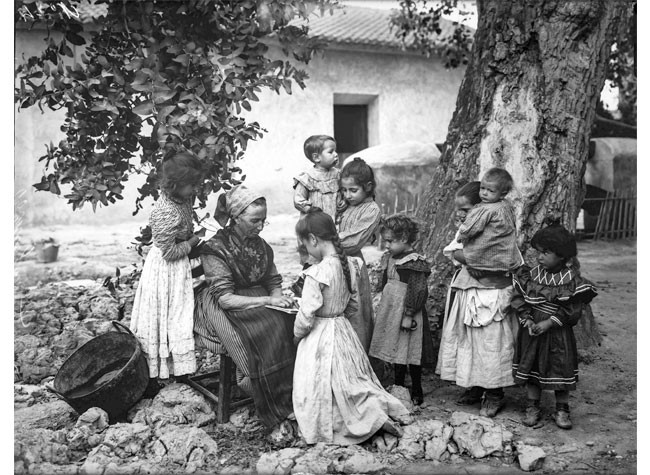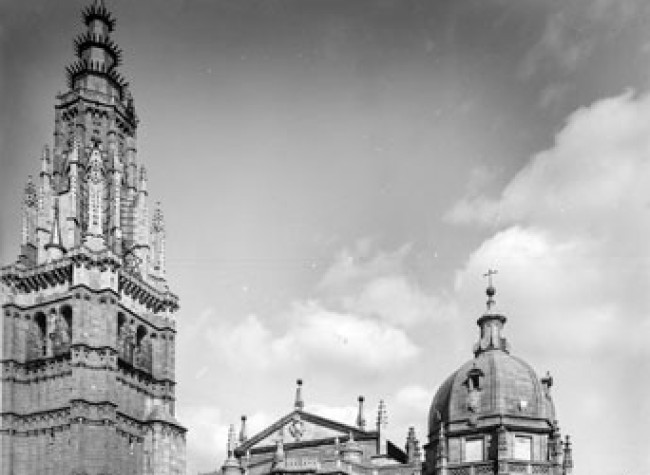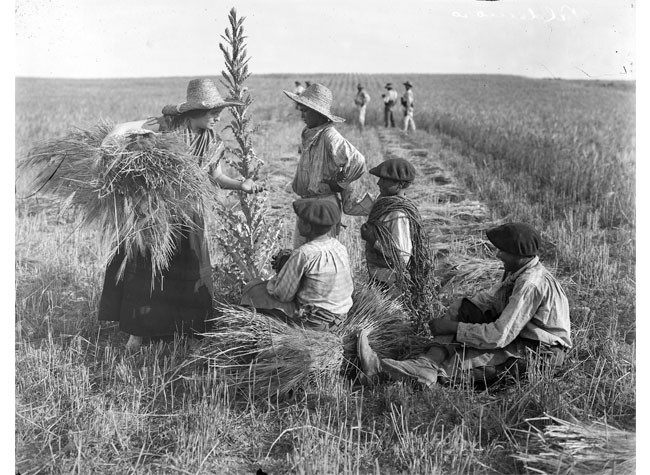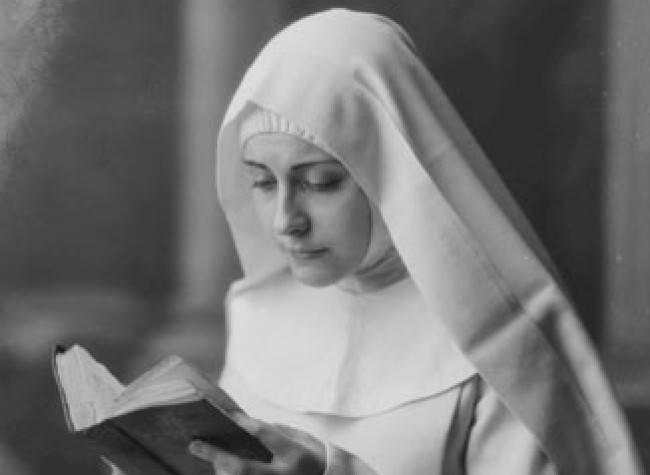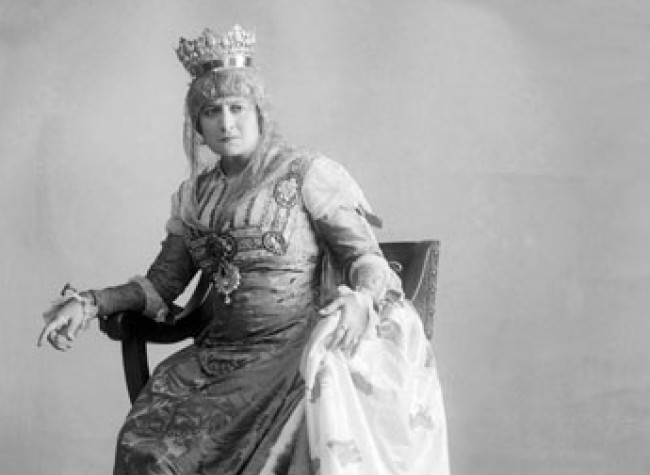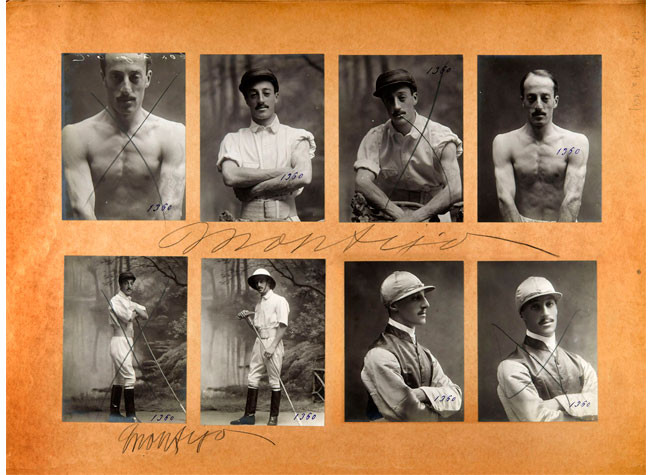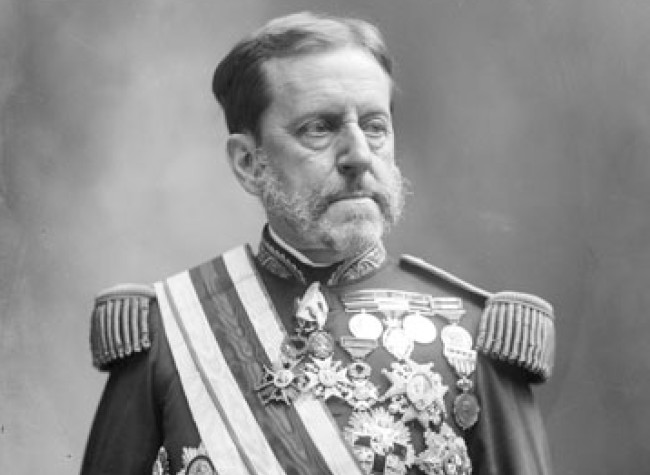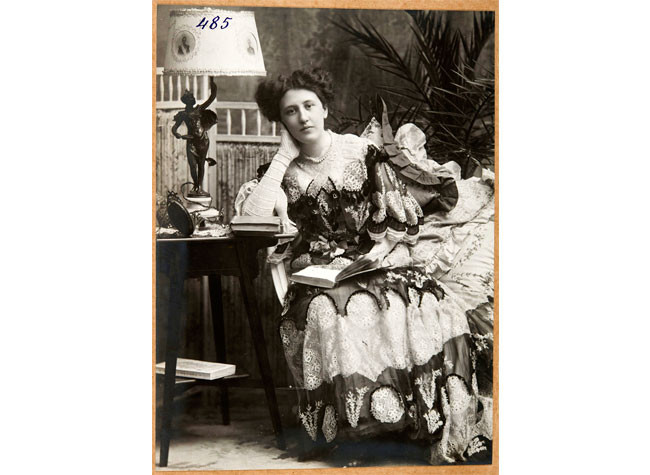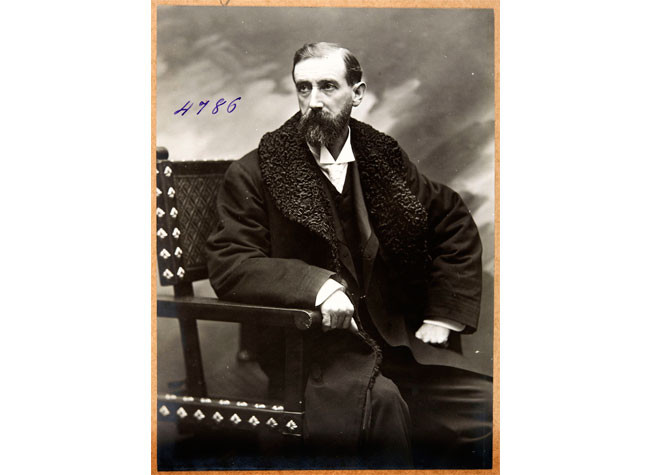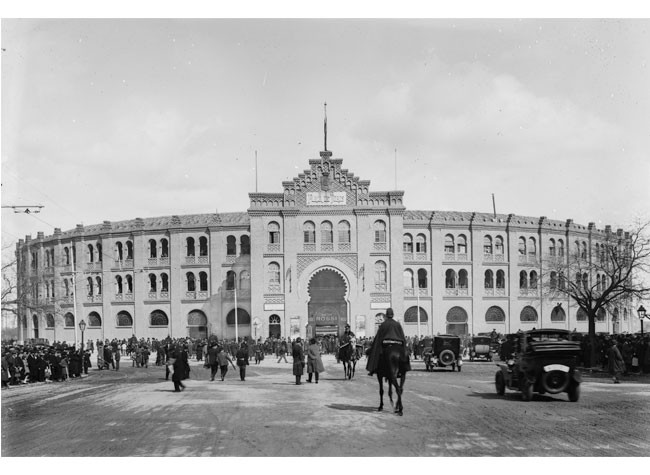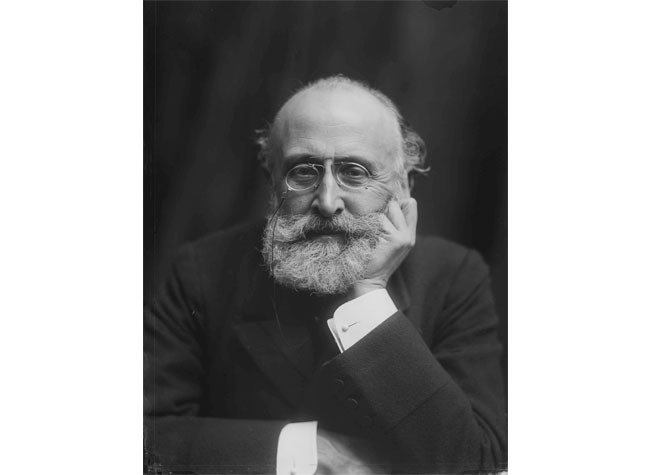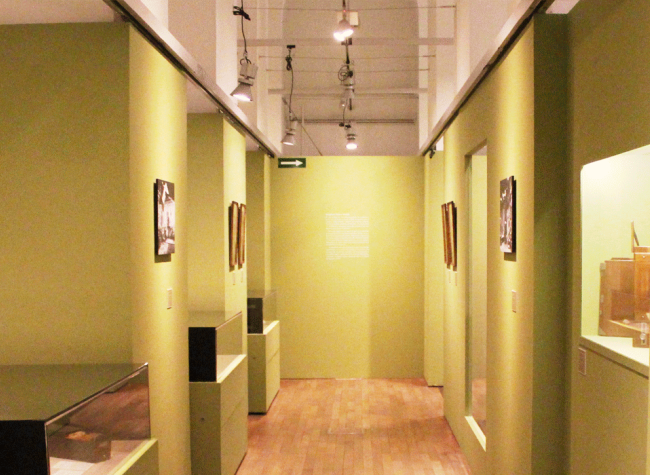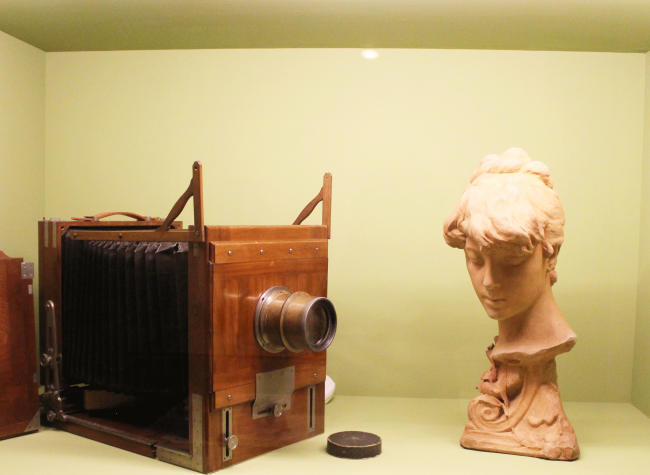Photography
In 1839 François Arago presented at the academy of sciences in paris the first photograph known as daguerrotipo, carried out through a new technique that reproduced a fragment of reality with such fidelity to this that it appeared that despejaba any questions about its objectivity and accuracy.
In 1839 François Arago presented at the academy of sciences in paris the first photograph known as daguerrotipo, carried out through a new technique that reproduced a fragment of reality with such fidelity to this that it appeared that despejaba any questions about its objectivity and accuracy. Over these two hundred years, photography has been transformed from a material object, such as daguerrotipo, an image set on a metal plate, to be a virtual image displayed through numerous screens, these photographs are stripped of any chemical properties, so, today the majority of these photographs may be at source something immaterial.
The timeline of photography is punctuated by milestones for its technical or by their format are constantly being addressed by the specialists. What were in a position to so many changes? Something simple and ambitious at the same time, to improve the quality and stability of the final image and, on the other, to develop a system that could lead to more copies and thus reduce production costs because until then the photograph was considered sensitive and expensive. This is the first achievement: the Unique photographs are negative picture of the country system to multiply many times a photograph and outside the quality of the negative material. In this way the daguerrotipo acknowledges the positive role in salt and these positive on paper, these albumin and in turn, to the positive role in gelatine will not normally be leaves a technique to embrace a more novel, live in the time, this will be a constant in the history of photographic processes.
In the photo collections that has brought together and continues to expand the BNE nearly all the photographic techniques and applications used by professional and amateur photographers since the beginning of photography until the end of the twentieth century.
The BNE is undoubtedly an institution of reference for the study of photography and the photographers who worked in Spain during the nineteenth century (Charles Clifford, J. Laurent, J. Martínez Sánchez, etc.), also keeps some pieces considered masterpieces of the international photography, and also houses the production of some important photographic studios spaniards (Calvache, Kâulak, Gyenes, Ibáñez, etc). Therefore, the BNE can be considered essential to respond to many questions about visual aspects of various branches of knowledge.
With more than two and a half million pieces the BNE photography is prepared to respond to many questions raised about the history of photography and on the need to find specific images on various subjects, characters, etc.
All information on items represented, training of the collection and prominent pieces, in the history of the fund.


